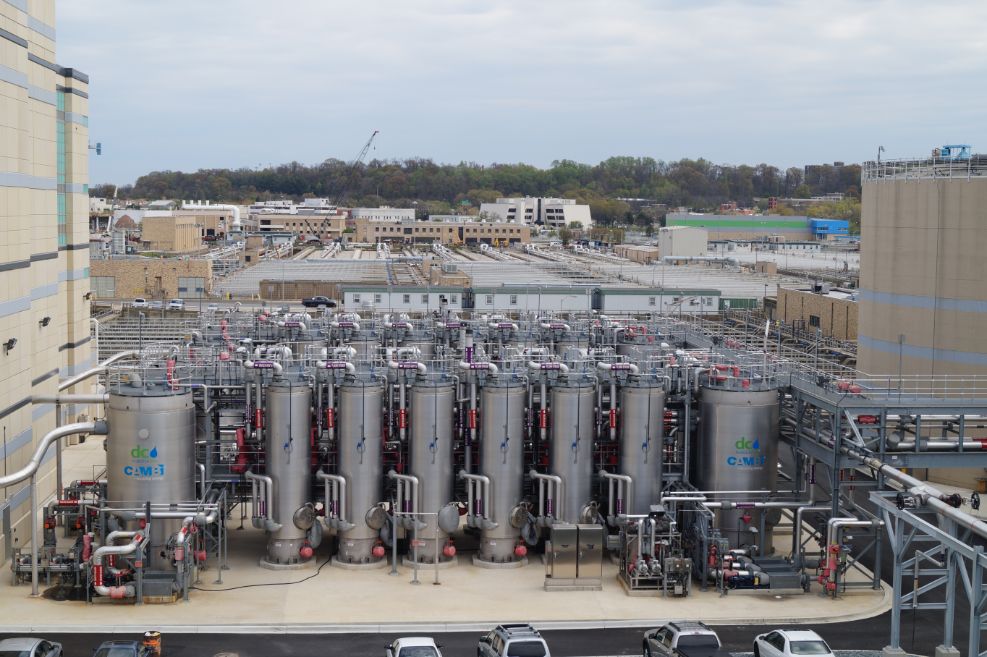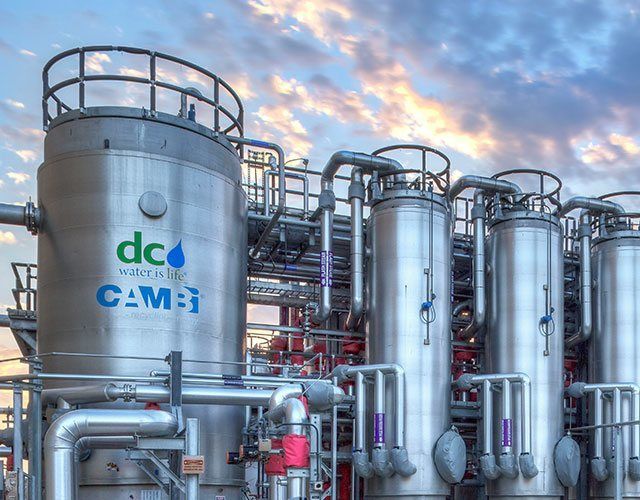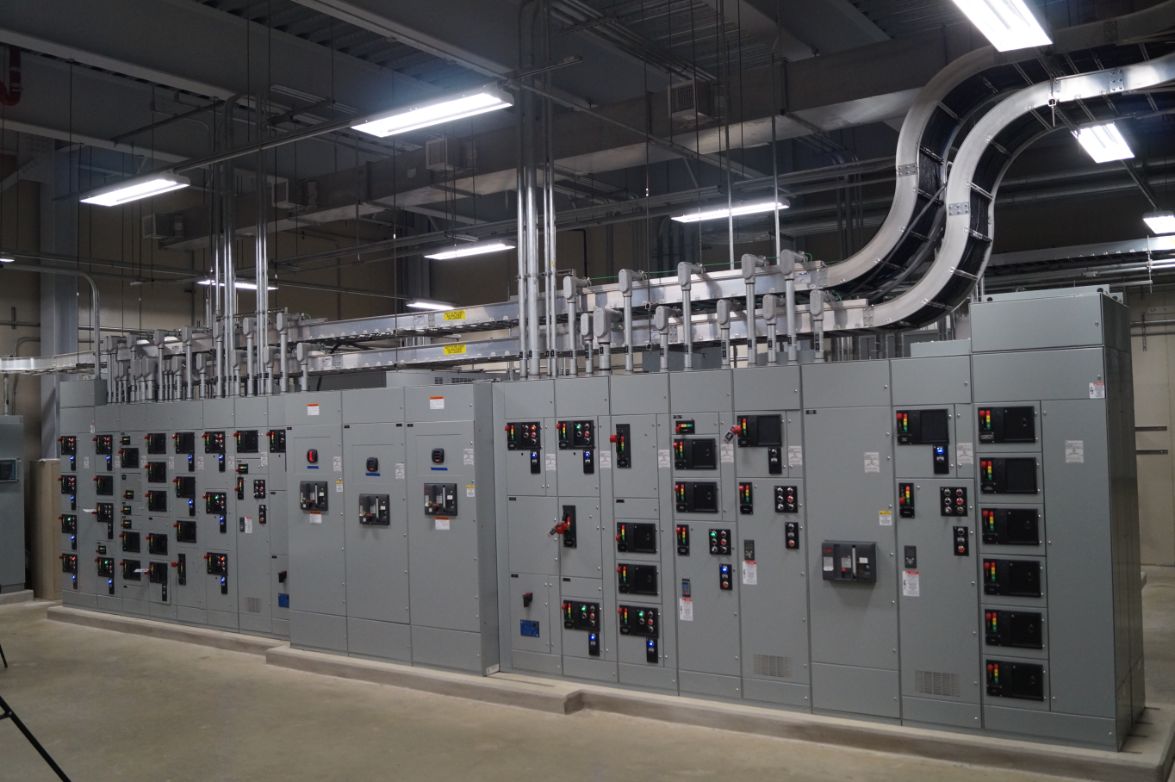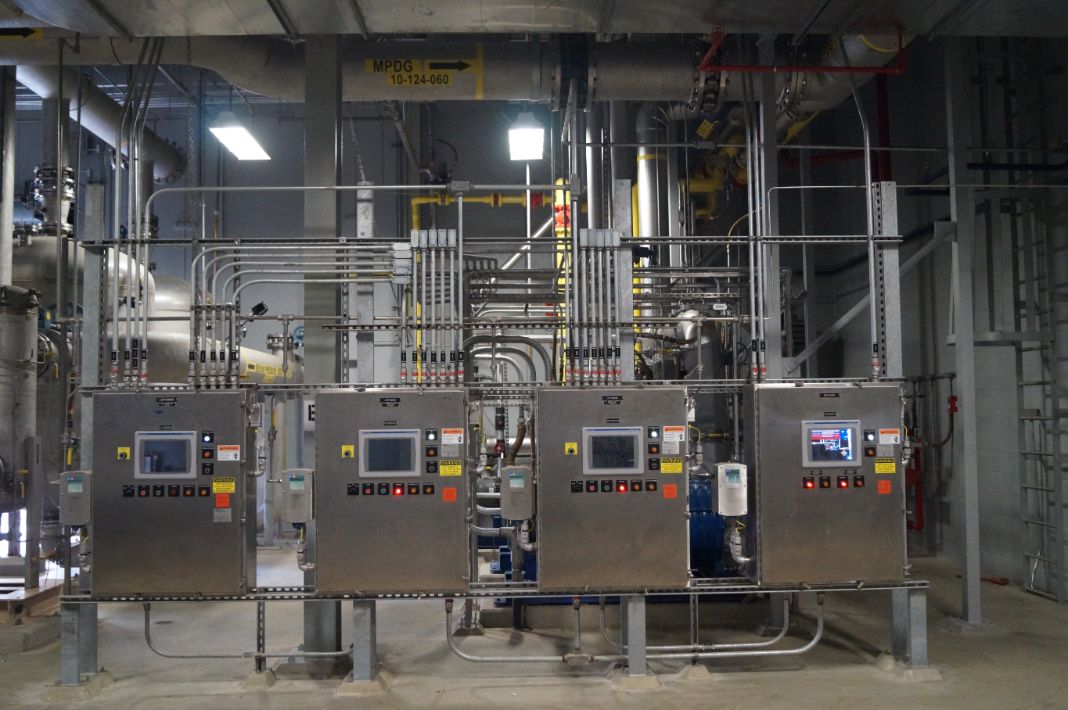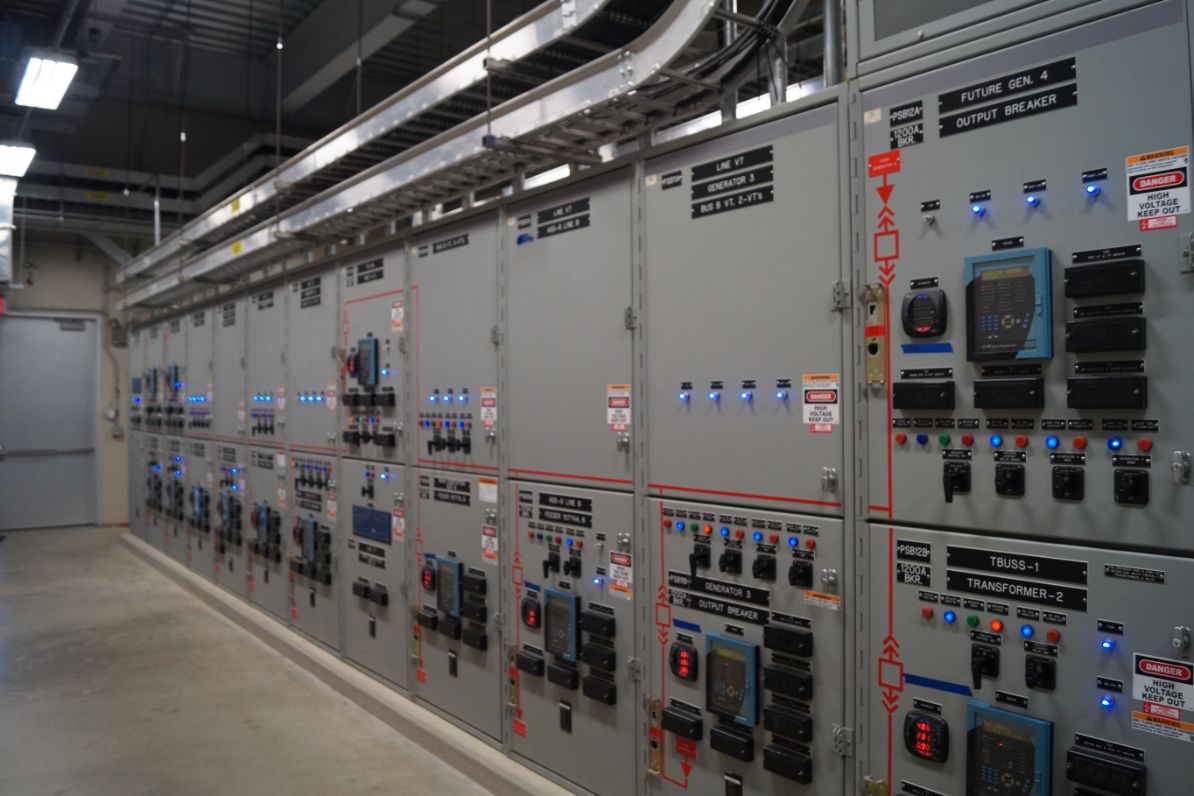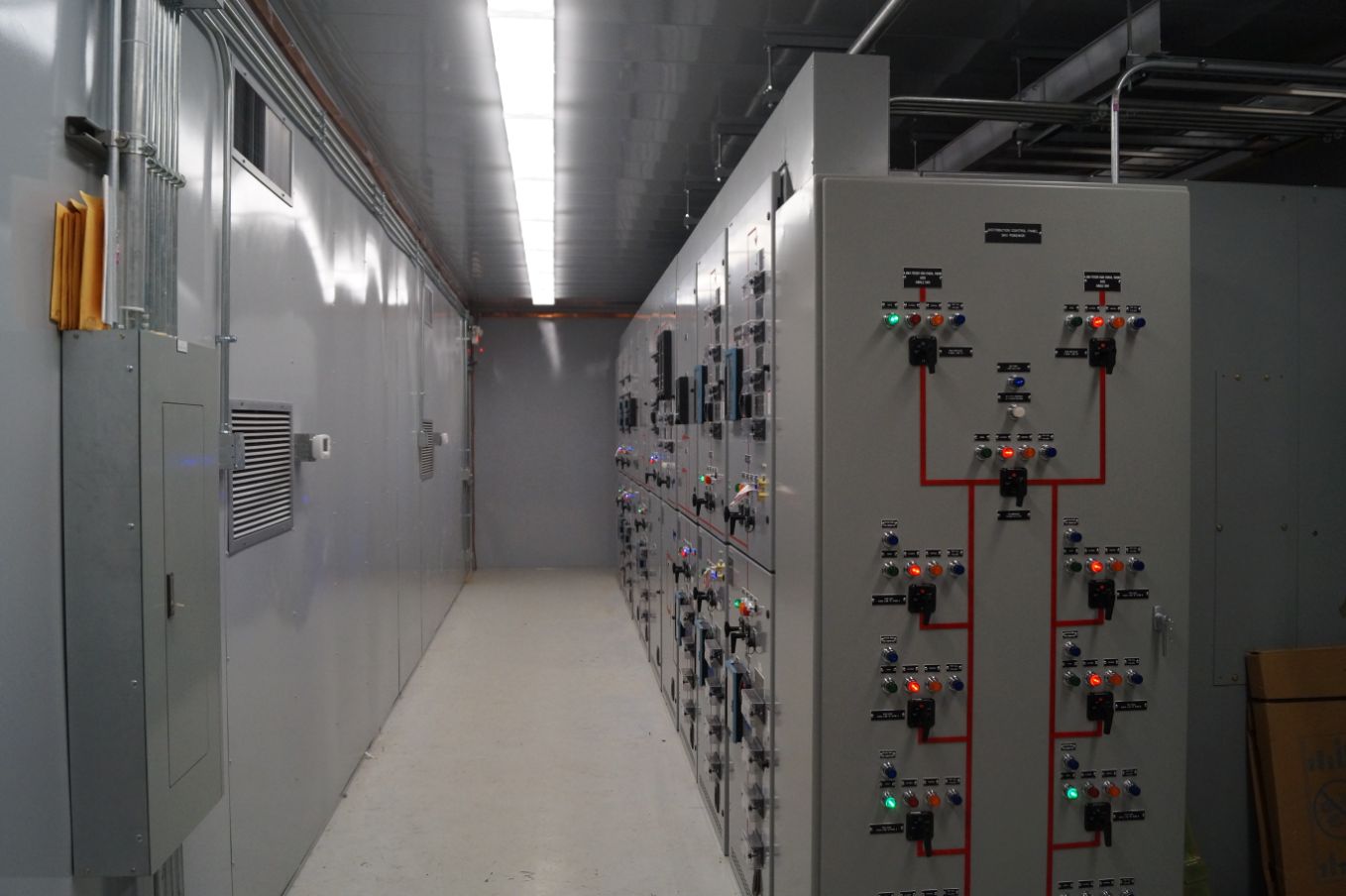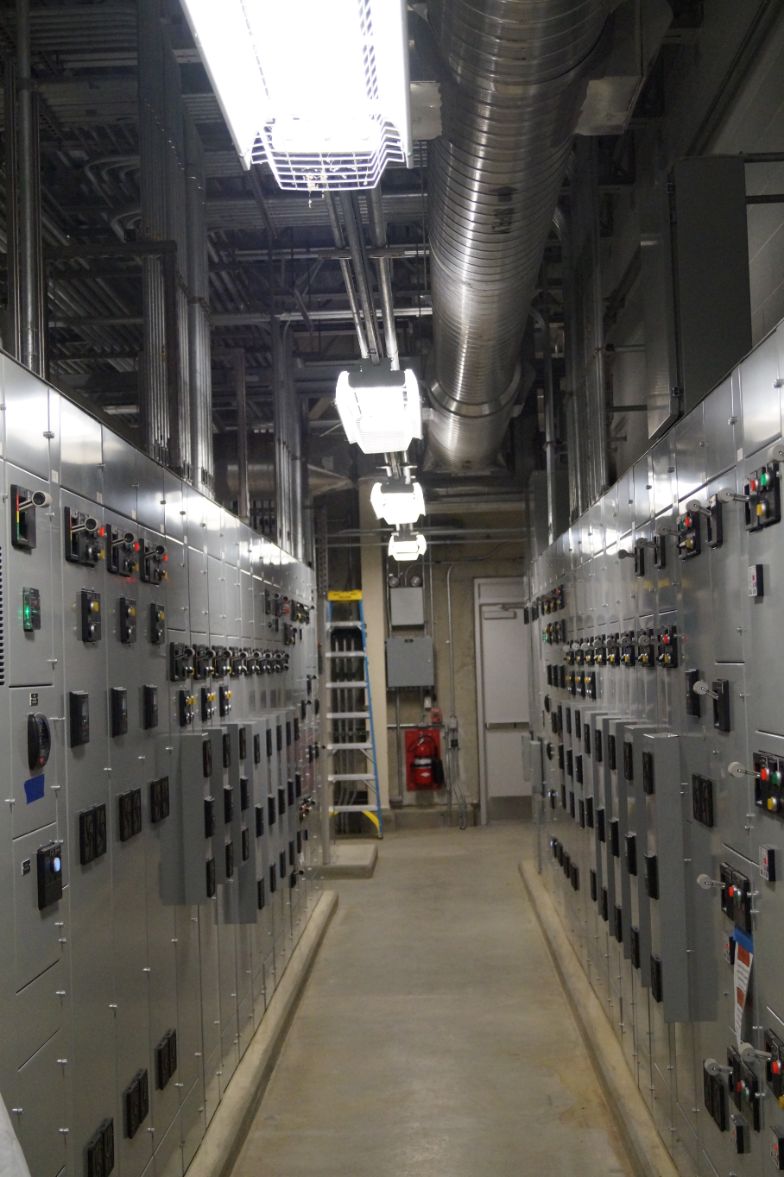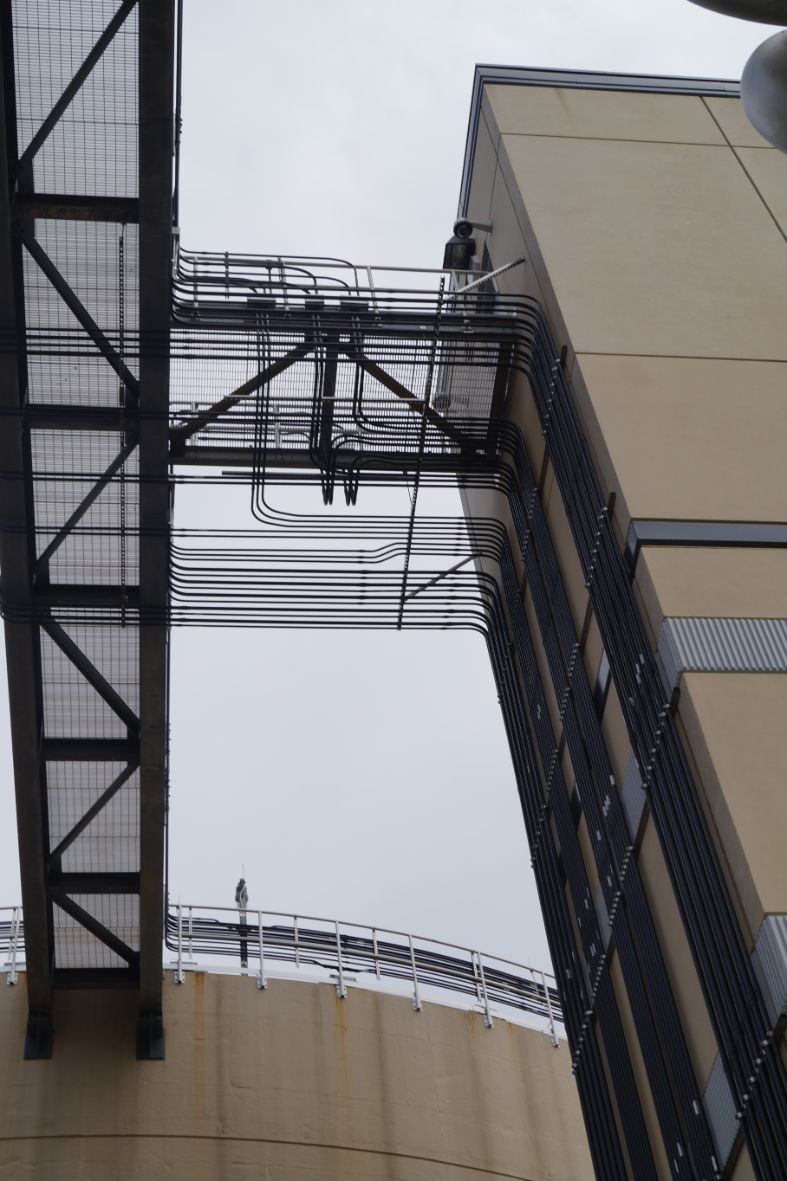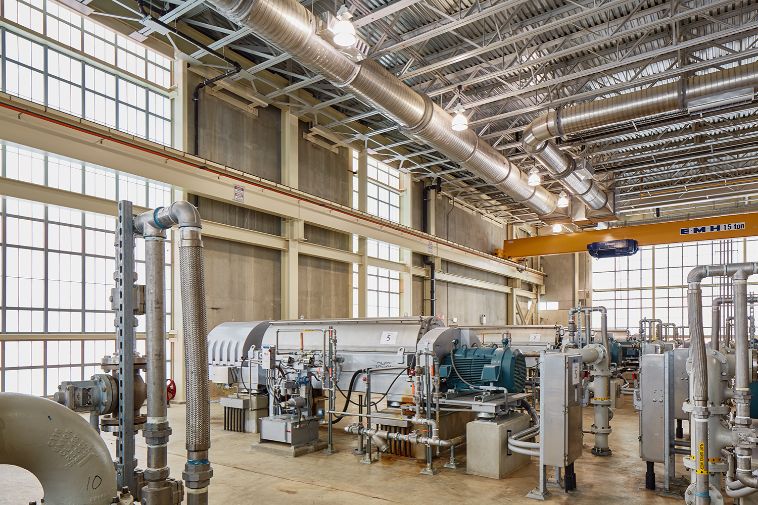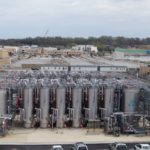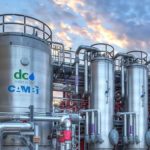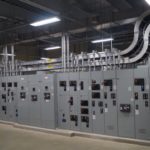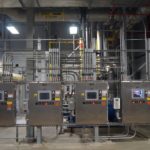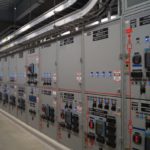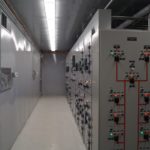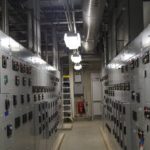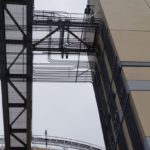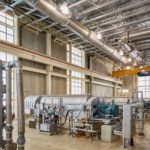This Design-Build project delivered an amazingly innovative process being implemented in the US for the first time. The first stage, the CAMBI process, provides pretreated sludge that goes into the digesters in the second stage, Main Process Train (MPT). The CAMBI process produces biogas (methane) and high-quality Class A biosolids fertilizer product, all built over a minimum area, which provided savings on both investment and operational costs compared to conventional digestion. The biogas produces green electricity for the plant; reducing its carbon footprint significantly. Implementation of this process represents he single largest contribution so far to greenhouse gas reduction in Washington DC. The biogas produced is sent to the Combined Heat and Power (CHP) project which is the final stage which is used to generate electricity and heat. This renewable energy provides 13 MW of electricity which is one third of the power needed to operate the Blue Plains facility and enough to supply emergency power requirements during power outages or energy disruptions.
CAMBI is the first installation of this Process in North America as well as the largest in the world. Prior to completion of this project, Blue Plains exported Class B biosolids which is very limited in its use. The new Class A product can be used immediately as a fertilizer on any application. This new process will largely replace the use of lime in the solids process. Singleton was a subcontractor directly to the manufacturer of the equipment and designer of the process, CAMBI. The process equipment was manufactured and assembled in Norway, then disassembled and shipped to DC to be reassembled for this project
The CAMBI Project includes 4 Trains (independent process lines), for the treatment of sludge. Power and control for the CAMBI Project consists (1) Double ended 480V / 1200A switchboard, (4) 480V / 600A MCCs , (2) UPS systems, (36) Variable Frequency Drive motors, (8000) control terminations between field and remote I/0 ‘s, and (412) level, pressure, flow transmitters, and air actuated modulating valves.
The second stage, the Main Process Train project, consists of (3) individual buildings: Screening, Pre-Dewatering and Digester building plus (4) digester tanks. For the MPT project Singleton installed new MCC s in the existing Solids process building to feed the new equipment in the Screen building. The new MCC’s consist of (2) 1600A 480V and (2)1200A 480V which serve 37 different pumps and 10 screening machines. Pre-Dewatering has a 5 kV enclosed switchgear on the roof which serves (4) 2500 kVA cast coil transformers. Distribution from the transformers is via 3200A busduct serving (4) 3200A 480V MCC’s. Digester building has a 5 kV indoor switchgear with (2) 2500 kVA transformers feeding (4) 2000A 480V MCCs via (4) 2000A busduct runs. We pulled over 2 million feet of control wire with over 13,000 individual control terminations (not including power, lighting and receptacles). The bulk of this wiring was done in the last 9 months of the job.
Renovations and modifications to the existing Bio-Solids Building required installation of new 480v MCC’s from existing Switchgear, as well as, replacement of existing MCC’s while maintaining operation of ongoing Plant Operations. Modifications in the Bio-Solids Building also included modifying the 4 existing Blend Tanks to be used in the new processes occurring with the MPT project, with numerous 480v pumps, controls and process piping to be installed at these tanks.
This Design-Build project is the final stage in an amazingly innovative process being implemented in the US for the first time. The first stage, the CAMBI process, provides pretreated sludge that goes into the digesters in the second stage, Main Process Train (MPT). There are bacteria in the digesters that consume the sludge and produce methane gas. This gas is sent to this project, the Combined Heat and Power (CHP) which is the final stage to be used to generate electricity and heat. This renewable energy provides 13 MW of electricity which is one third of the power needed to operate the Blue Plains facility and enough to supply emergency power requirements during power outages or energy disruptions.
The CHP project is the final stage of the Biosolids Management Project that consisted of (3) 3.5 megawatt turbine generators, (1) 13.8 kV 2000A paralleling switchgear line-up, (2) 3300kVA 13.8 kV to 480V cast coil transformers, (1) 480V 4000A double ended unit substation, (1) 480V 2000A Motor Control Center (MCC), (1) 480V 1600A MCC, Fire Alarm system, Gas Detection system, UPS system with (4) battery systems and chargers, as well as a complete ethernet control system with operator’s control room.
The Digesters in the MPT Project supply 1200 Standard Cubic Feet per Minute (scfm) of methane gas at each of four Tanks, for a total output of 4800 scfm. The CHP project receives the raw methane gas, removes the unwanted portions of the raw methane, and then sends the conditioned gas to the Turbine Building where it is used to fire (3) 3.5 MW Turbine Generators. In addition to the production of approximately 13 MW of electricity being output to the Blue Plains Facility through this process, the (3) turbine generators also have (3) heat steam recovery generators which supply steam to the MPT and CAMBI Projects for the sludge treatment processes.
The CHP Project entailed the construction of 3 new buildings along with a Siloxane Flare Unit. Much of the electrical installation required equipment rated for Class I Division 1 hazardous locations. This typically provides for a more challenging installation due to the types & limitations of enclosures, control panels, pull boxes and the required flexible connections at all motors and pumps as well as the placement of seal-offs at all these locations.
The Gas Blower Building houses (3) 480V 200 hp digester gas blowers which are used to move the raw digester methane gas to the compressors in the Gas Conditioning Building. The Blower Building has an electric room with (1) 480V MCC, UPS, control panels, fire alarm, gas detection and plant control interface equipment.
The Gas Conditioning Building filters the raw methane gas then sends the conditioned gas to the Turbine Building. The small electric room presented a challenge to shoe horn the necessary power & lighting panels, control panels for the (4) 480V 450 hp Digester gas compressors, fire alarm and gas detection equipment, and a plant control interface cabinet.
The design and construction of the Turbine Building presented a unique set of challenges. Because of their massive size, the (3) 3.5 MW turbine generators were brought on site and placed on their respective concrete pads and then the First-floor slab was poured and the building was constructed around the turbines. The Turbine building has an extensive ground grid throughout the floor slab and a ground ring around the building. The ground grid has 3 grounding electrode Triads located to the west which required extensive coordination with the Project design team, contractors, and equipment vendors, as well as both the CHP and MPT Projects to avoid existing underground Utilities which included (2) PEPCO 230kV underground feeders. This building is where the methane gas is converted to electricity and steam. Power to the building is supplied through a new 15kV duct bank which intercepts (2) 15kV Plant feeders which Singleton Electric had installed while constructing the Area Sub-Station 6 (ASS-6) Project. The electric room for the Turbine Building provided for a challenging design process to place all the 15kv underground duct banks along with a number of 480v power, control and fire alarm duct banks feeding the other 2 buildings. Placement of the duct banks under the slabs and grade beams, while avoiding the pile caps had to be accomplished without the final design of the Switchgear, MCC’s and VFD’s which were to be placed on these duct banks. The success and quality of the final installation is a tribute to the many years of experience and quality of the journeyman electricians and Foremen Singleton Electric has in the field. In 2015, the craftsmen responsible for each of the CAMBI, MPT, and CHP projects from Singleton Electric won Washington Building Congress Craftsmanship Awards in the category of Power Generation, Distribution and Switchgear.
